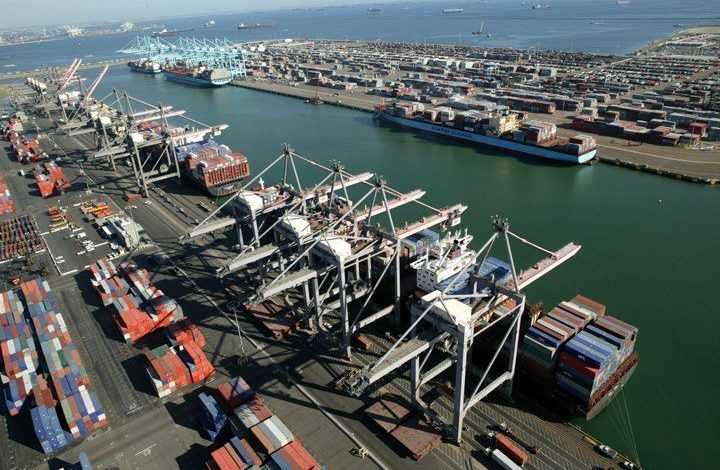How carriers won the rates war

Dr Raymon Krishnan, president of the Logistics & Supply Chain Management Society, on the current container bull-run.
Oceanfreight rates from Shanghai to the west coast of the US have more than doubled since May to record levels, getting ever closer to $4,000 per feu.
During the same period freight rates from Shanghai to the US east coast have increased by around three-quarters, at a time when shipping firms are cutting back their operations due to Covid-19 and are also struggling to meet demand as exporters worry about the escalating trade conflict. This move by carriers is drawing significant flak in the industry as it is seen to be highly opportunistic and mercenary.
Aside from the ongoing trade war between the US and China, shipping lines have not been able to re-adjust their capacities as quickly as the demand has returned, causing them to eliminate routes during the height of the pandemic to lower operating costs.
Exports to the US by sea started growing in June from a year earlier and in July, exports to the US rose by 7.8% year-on-year, while imports increased by 16%. The third quarter is typically a peak season for Chinese exports, as many importers start stocking up on goods for the festive holidays at the end of the year.
Compared to a year earlier, the volume of cargo on containers from Shanghai to the west coast of the US was still down by double digits from a year earlier in May, but reversed to growth rates of 2.8% and 1.9% respectively in the following two months, while containers hauling cargo to the US east coast grew 4% in July.
To compound the challenge, many shipping lines have announced a new series of blanked sailing in October in their continuous ‘cautious’ approach to capacity management. Maersk has over the weekend however announced that it has cancelled all blank sailings and we expect other carriers to follow as they bow to pressure from the Chinese government and the ire of the Federal Maritime Commission.
Carriers are taking a much more cautious approach to avoid overcapacity in the market to drive down rates. Many of us vividly remember the disastrous effects of previous rate wars, and the operational mess following the collapse of Hanjin Shipping in 2016 – which was followed shortly thereafter by the formation of the ONE Network, the combined shipping entity of NYK, MOL and K Line.
Many carriers have recently announced record earnings these last few weeks. This is not only the result of disciplined capacity management – which is new to the liner industry, but also largely influenced by the fact that bunker prices have dropped considerably.
Despite criticism that carriers have over-reacted with their blanking programmes, it is relevant to note that carriers have not only reinstated many of the voided loops but added extra loaders and sweeper services on the tradelanes and capacity deployed between Asia and the US west coast is currently some 15% higher than for the same weeks of 2019.
